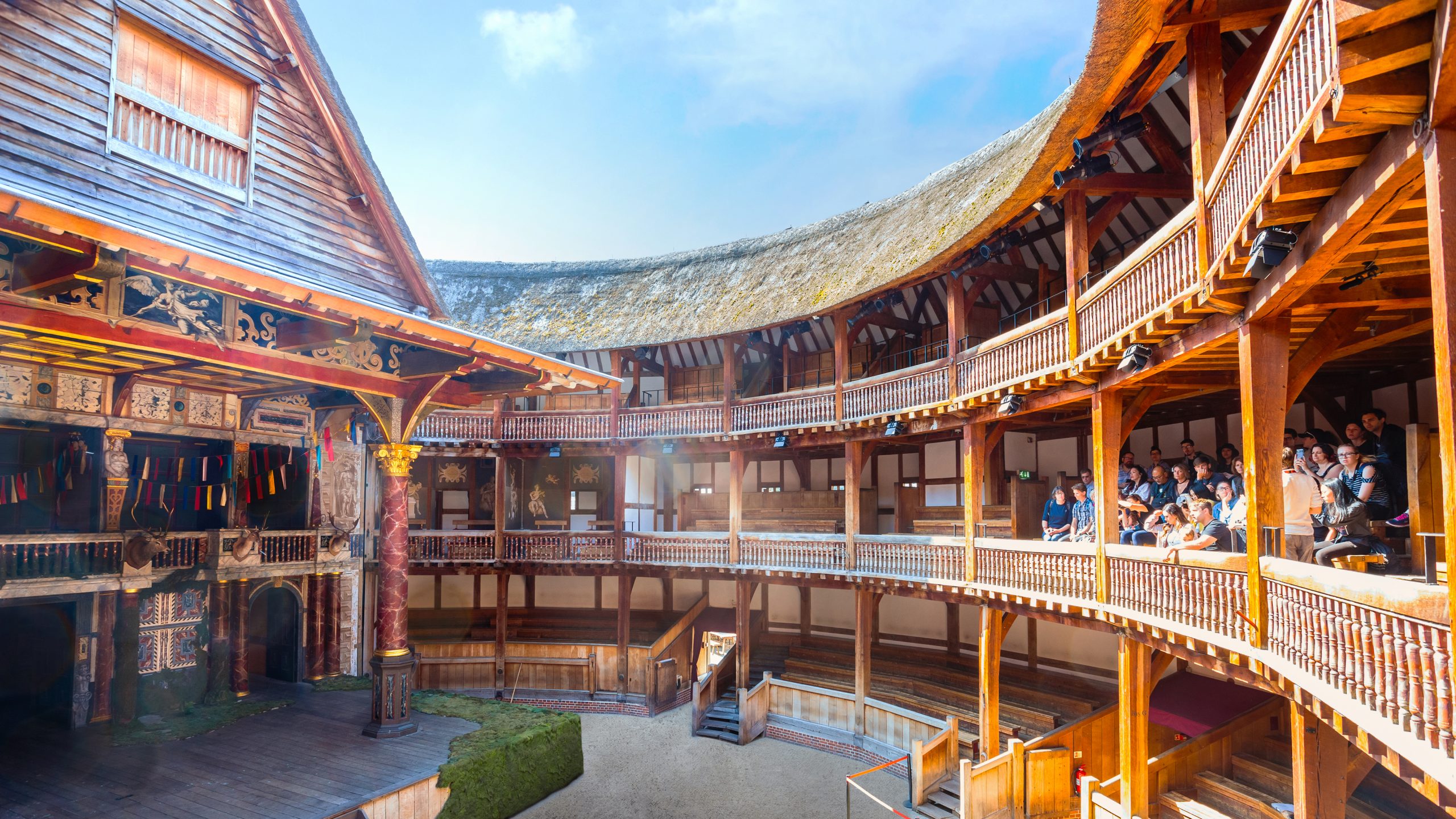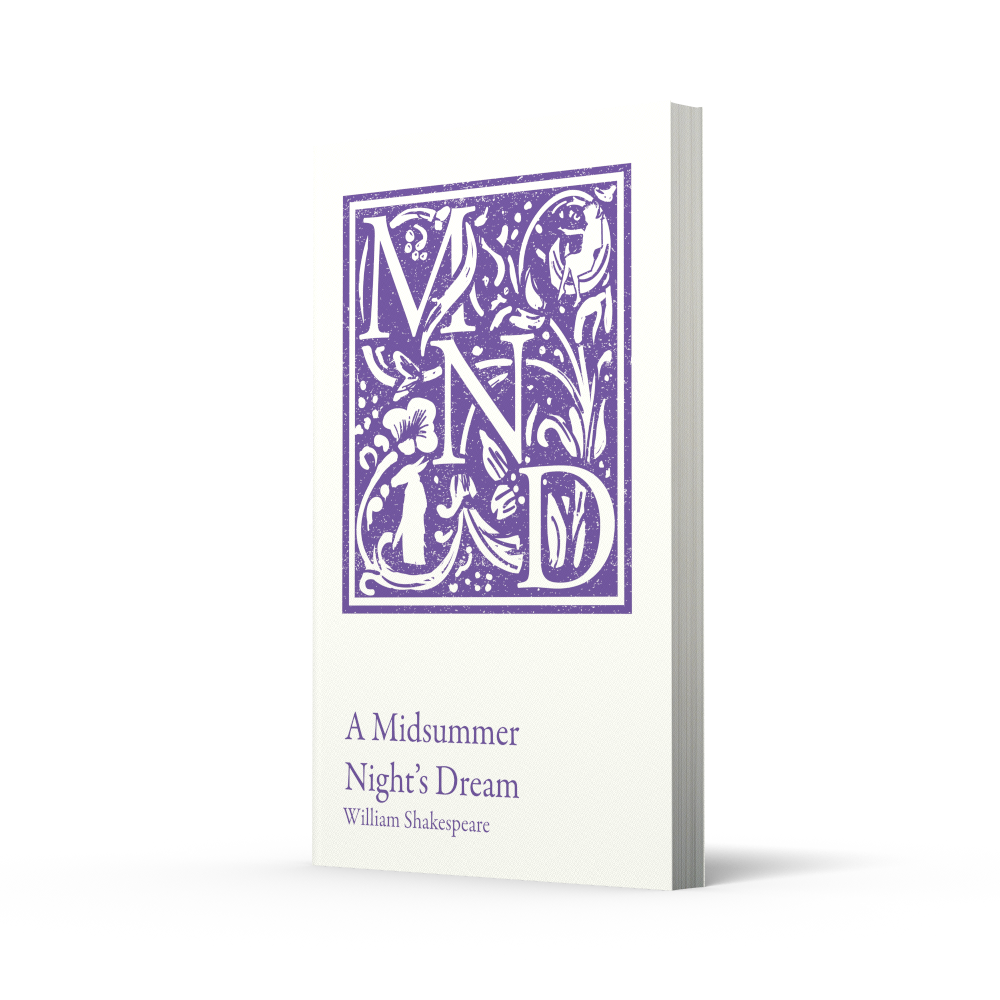One of the core difficulties when teaching Shakespeare is taking it off the printed page – turning it from a flat, some might say dead text into a living, breathing work of drama. To do this, we need to make the language physical in some way. Most obviously, exploring the text through performance fulfils this need but even then we need to go beyond mere line-reading to something that breaks through the blur of imagery and analogy. But it is not always possible to explore texts with groups in drama studios, or work collaboratively. So, how can individual students be shown how to bring life to the text?
When I first started teaching, I was in awe of a colleague who gave her students a project to design sets for Romeo and Juliet. This took a huge amount of time, contributions from the art department, and the text got somewhat lost in all of the creative construction, notwithstanding the fact that the class became expert model makers and painters of miniatures. But you couldn’t argue with how engaged the students were.
So, how might a more scaled down approach work with A Midsummer Night’s Dream? One that would be more rooted in the text. First of all, we need to ask: what is the point of doing this – is engagement enough? In fact, thinking about design opens many doors – not least, exploration of tone and genre. It requires students to ask themselves: what sort of play is this? In my Introduction to the play for Collins Classroom Classics, I discuss the way the play begins like a tragedy – Egeus trying to force Hermia to marry a man she doesn’t love, an inciting moment which leads to chaos – but ends in laughter and order of a kind more fitting to the conventions of comedy. If this play is a generic hybrid, then perhaps it reflects hybrids of nature – ones that could feed into a set design.
Where could you begin?
Well, there are numerous references to the natural world in the text.
For example, you could ask students to look at Oberon’s description of the flower from which he gets the potion for the first spell.
‘a little western flower,
Before milk-white, now purple with love’s wound’ (Oberon, 2.1)
What does this suggest about the nature of love? Students could annotate the line – drawing out its changeability (‘Before….now’) but also the shift from the virginal or pure (even the maternal?) to the richness of purple (a colour only worn by royalty in Shakespeare’s day) and the hybridity of love as something that both fulfils and injures. This seems central to the play. Could that image of the flower, perhaps white but stabbed with purple become a motif for a set design?
And what of other descriptions of the natural world? What do they convey? You could supply students with the following quotation (and others) on slips of paper and ask them to consider what picture they paint of the natural world.
‘… over-canopied with luscious woodbine
With sweet musk-roses, and with eglantine;
There sleeps Titania sometime of the night,
Lull’d in those flowers with dances and delight;
And there the snake throws her enamell’d skin,
Weed wide enough to wrap a fairy in’ (Oberon, 2.1)
You could elicit the idea of nature’s loveliness and regenerative quality, but also perhaps its drug-like torpor, soporific and suffocating.
Reflecting the natural world theme in design
How can we reflect this hybridity in a design? And what else is there in the play to support this duality? These may seem demanding questions for Key Stage 3 students but when directed to creating something, one they might well embrace.
Ask them to look for further descriptions of nature in the play (such as Puck’s descriptions of bogs and briars in Act 3 Scene 1, or Titania’s instructions to her fairies in the same scene) to build an idea of the vision Shakespeare’s language suggests. Or they could consider the storylines – the suffocating quality of unbridled desire when it is directed towards you and you cannot reciprocate (as in the case of Demetrius when followed by Helena).
An engaging activity for the classroom or at home
To bring these ideas together ask students to work as individuals, pairs or groups to suggest what the back-drop for the play could be, or even how the play might be staged (in the round, traverse etc) – with some simple explanations for their choices. If their design has smothering flowers dropping over the stage, then why? If thorns and roses, or muddy bogs, where has that idea come from?
The outcome might just be a rough, sketched plan with labels, but it could equally be a written design brief or a fully-fledged model like the one my colleague’s class produced all those years back. But, whatever the level of craftsmanship, the key will be to link what they produce to the text. If nothing else, this work should lift the mono print off the page and give it shape and colour.
By Mike Gould, author of the introduction to the Collins Classroom Classics edition of A Midsummer Night’s Dream
Collins Classroom Classics are KS3, GCSE and A-level set texts and plays that are perfectly pitched for students.
View the full range, including William Shakespeare’s A Midsummer Night’s Dream for KS3 students.
More teaching tips for set texts:
Creative approaches to teaching The War of the Worlds
Top tips for exploring Hamlet’s key themes




